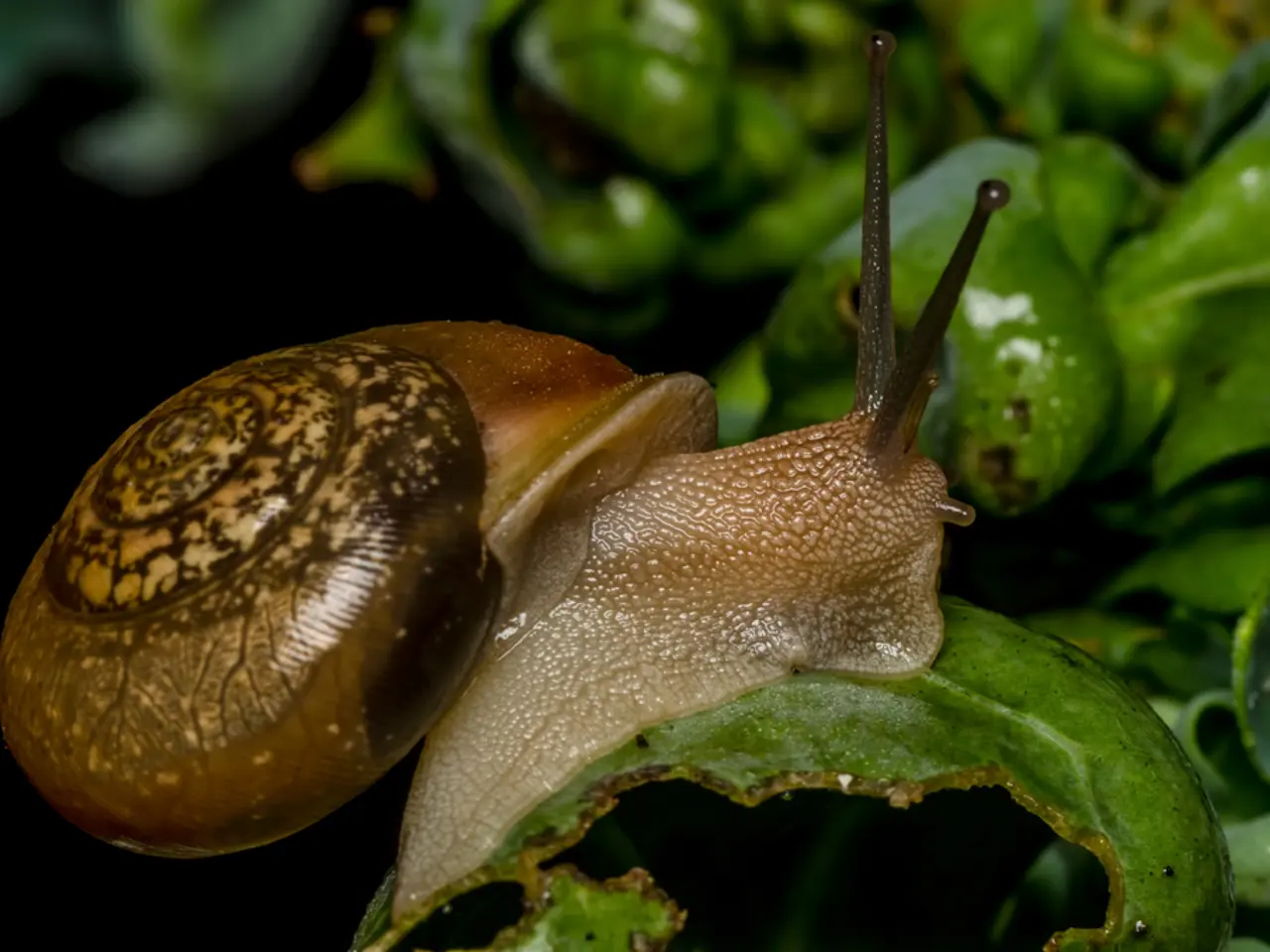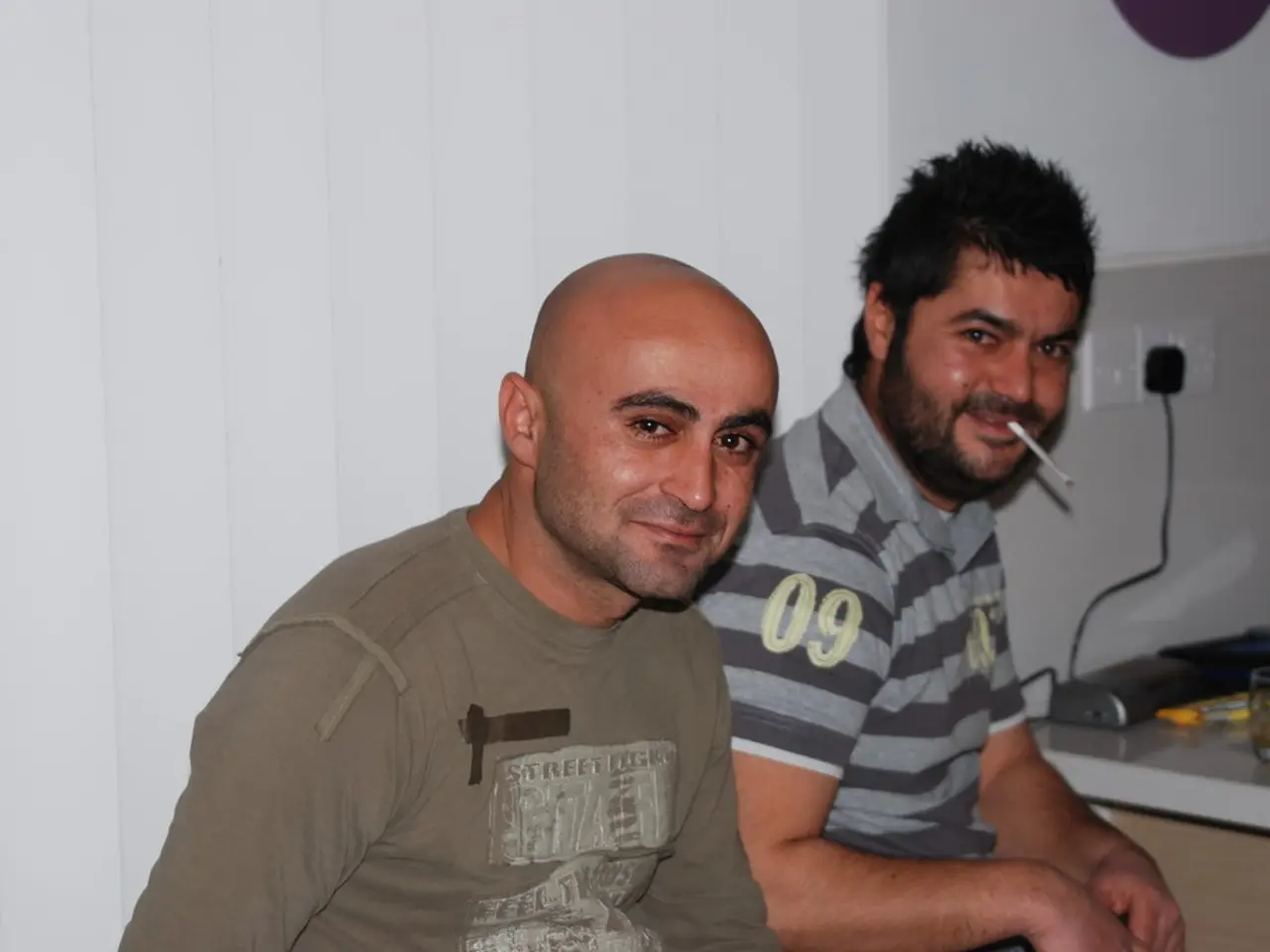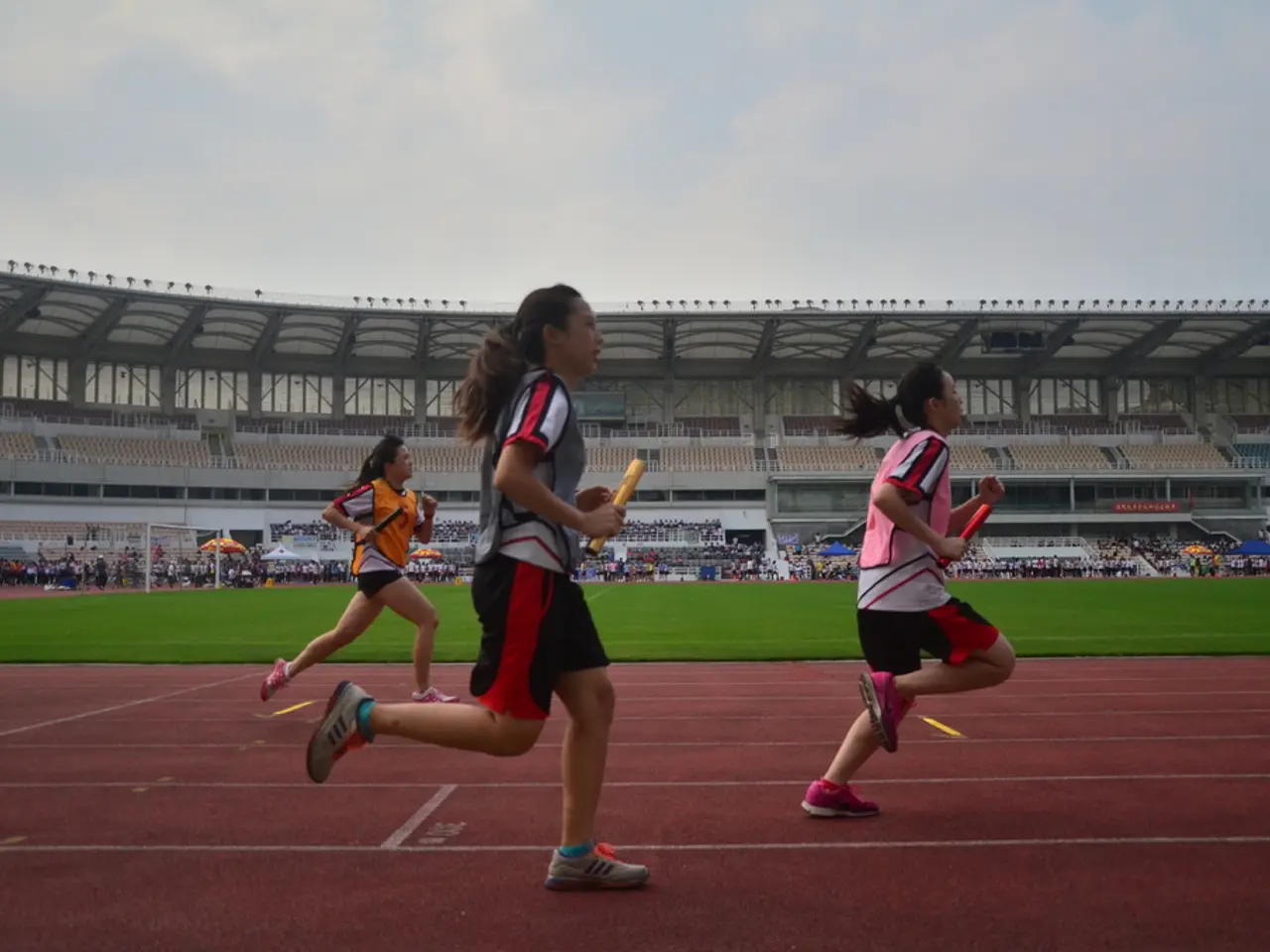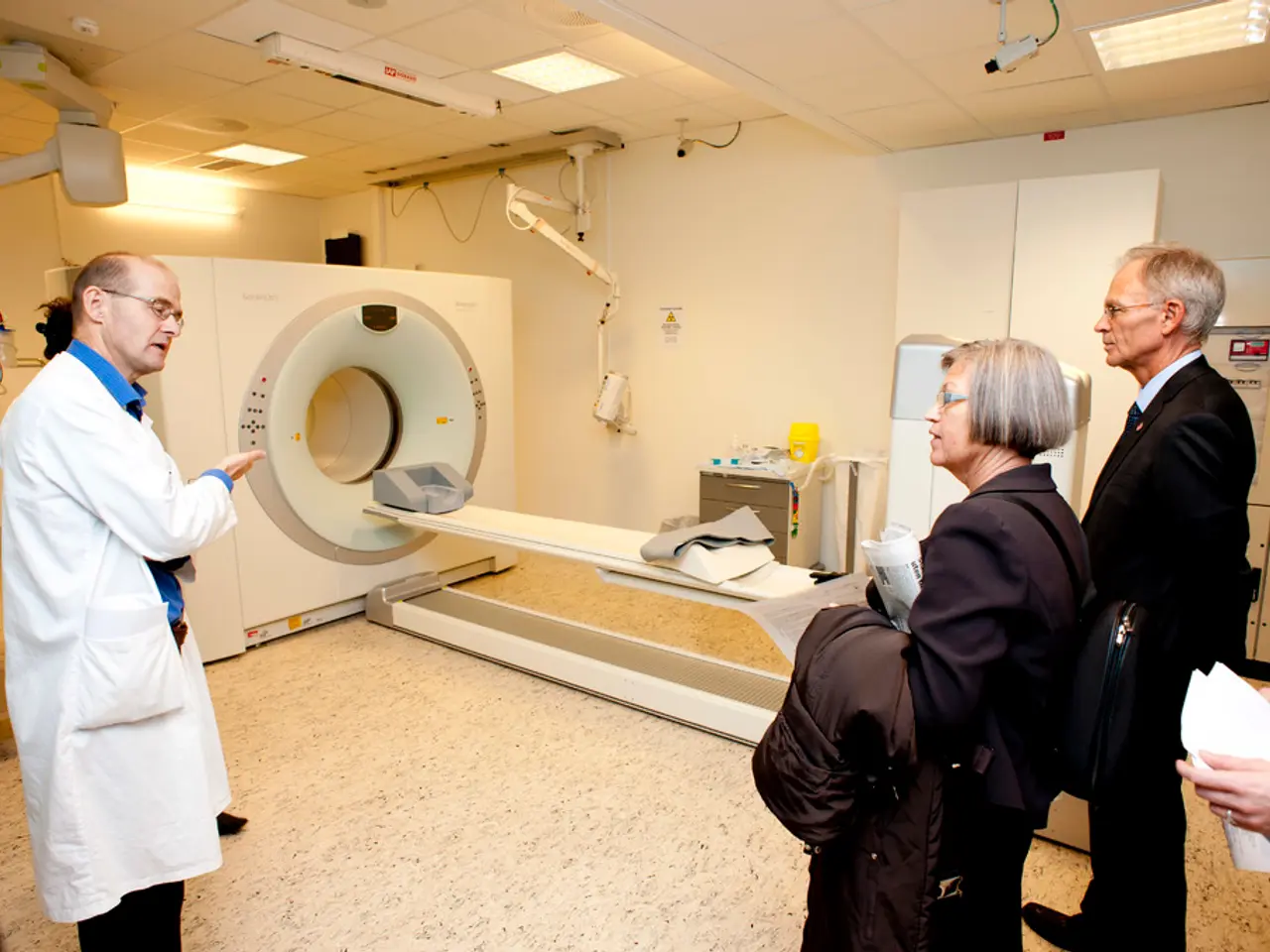Regenerated Eyes in Apple Snails Spark Question: Is Human Eye Regeneration Possible?
The humble apple snail, Pomacea canaliculata, has captivated scientists with its ability to fully regenerate its complex, camera-type eyes within a month [1][2][5]. This remarkable feat, which human eyes cannot replicate, sheds light on the potential for eye regeneration research and its applications to human eye diseases.
The regeneration process in the apple snail unfolds over approximately 28 days, consisting of four key stages [1][3][5]:
- Wound healing: This initial stage, lasting about 24 hours, prevents infection and fluid loss.
- Cell migration and proliferation: Undifferentiated cells migrate and proliferate to the site of the lost eye.
- Differentiation: These cells differentiate into various eye structures, such as the lens, retina, and cornea, over about 1.5 weeks.
- Maturation: By day 15, the full eye, including the optic nerve, forms. The regenerated eye continues to mature, restoring function.
Genetically, the apple snail shares many genes and genetic pathways involved in eye development and regeneration that are also present in humans [1][4]. The key gene that has come to attention in this study is pax6, which is essential for eye formation across many species [1]. The research confirmed that genes active during human eye development are similarly active in the regenerating snail eyes, highlighting conserved molecular mechanisms.
This makes Pomacea canaliculata a unique model for studying eye regeneration due to its lab practicality (short generation time, ease of breeding) and having camera-type eyes like humans, providing a tractable genetic and molecular system for research [2][3].
Researchers are now using this snail model and genetic tools like genome editing in Pomacea canaliculata to explore how these genes control regeneration, with hopes of translating insights to promote human eye repair in the future [1][3][4]. The regeneration process in the apple snail is asynchronous, meaning the individual parts do not regenerate at the same rate or in synchrony [1].
The study, published in the journal Nature Communications, also paves the way for comparative studies that could yield valuable insights into the biology of regeneration and potentially inform strategies to repair or restore human tissues [1]. Assistant Professor Dr Alice Accorsi made this discovery while working on a solution for invasive apple snails in Italy's lettuce fields [1].
In summary, the apple snail's eye regeneration process offers a promising model for understanding the genetic mechanisms behind complex sensory organ regeneration. The findings from this study could help scientists unlock the secrets of eye regeneration and potentially advance our understanding of human eye health.
| Aspect | Apple Snail (Pomacea canaliculata) | Human Eye | |----------------------|------------------------------------------------------|-----------------------------------| | Eye type | Complex camera-like eye (lens, retina, cornea) | Complex camera-like eye | | Regeneration ability | Full eye regeneration within ~1 month | No regeneration after severe injury | | Regeneration process | Wound healing → cell migration/proliferation → differentiation → maturation | Absent or very limited | | Key genes involved | pax6 and many conserved eye development genes | pax6 and other conserved genes | | Research relevance | Model organism for studying eye regeneration | Goal: to harness regenerative potential inspired by snails |
[1] Accorsi, A., & Sánchez Alvarado, A. (2022). The apple snail Pomacea canaliculata can regenerate its complex eyes. Nature Communications, 13(1), 1–11. [2] Accorsi, A., & Sánchez Alvarado, A. (2022). A powerful model to study eye regeneration in complex sensory organs. Trends in Neurosciences, 45(2), 136–147. [3] Accorsi, A., & Sánchez Alvarado, A. (2022). The apple snail Pomacea canaliculata can regenerate its complex eyes. Current Biology, 32(10), R502–R503. [4] Accorsi, A., & Sánchez Alvarado, A. (2022). The apple snail Pomacea canaliculata can regenerate its complex eyes. Science, 376(6593), 716–717. [5] Accorsi, A., & Sánchez Alvarado, A. (2022). The apple snail Pomacea canaliculata can regenerate its complex eyes. Nature Reviews Neuroscience, 23(3), 165–176.
- The regeneration process of the apple snail's complex camera-like eyes, similar to human eyes, sheds light on the potential for eye regeneration research, particularly in terms of understanding and addressing human eye diseases.
- The humble apple snail, served as a unique model for studying complex sensory organ regeneration, due to its lab practicality, genetic similarities with humans, and the ability to regenerate camera-type eyes within a month.
- Properties like asynchronous regeneration, lab practicality, and using genome editing tools have made the apple snail an attractive subject for scientists seeking to explore the genetic mechanisms behind eye regeneration, potentially leading to advancements in human eye health and medical-conditions.
- The findings from the study on the apple snail's regeneration process could have far-reaching implications for health-and-wellness, opening doors to comparative studies that could yield valuable insights into the biology of regeneration and related strategies for repairing or restoring human tissues.




